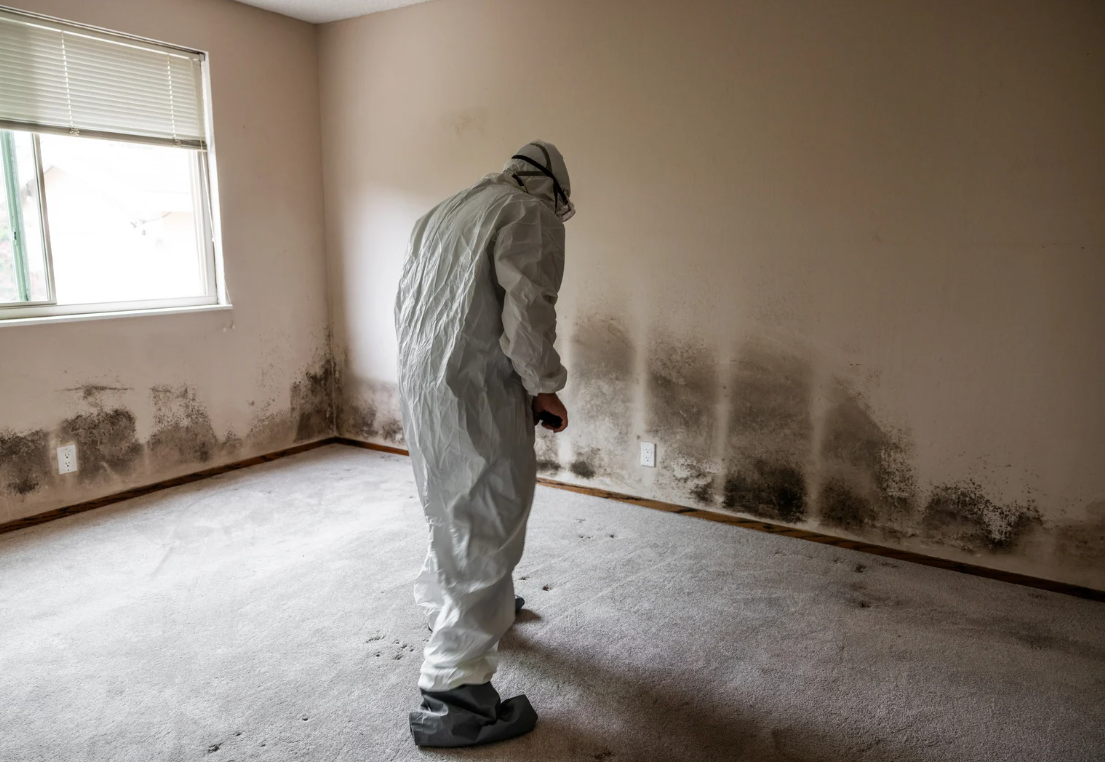What is the Timeline When I File a Property Insurance Claim with My Carrier?

What is the Timeline When I File a Property Insurance Claim with My Carrier?
Filing a property insurance claim can feel overwhelming—especially in the aftermath of a storm, fire, or other loss. One of the most common questions we hear from policyholders is: “How long will this take?” While timelines can vary depending on the insurance carrier, the type of loss, and the complexity of the claim, there are standard stages that every claim typically follows. Understanding this timeline can help you navigate the process with more confidence and less frustration.
Step 1: Immediate Aftermath (Days 0–2)
The first priority after any loss is safety. Once the immediate danger has passed, your next step should be to mitigate further damage (like covering a leaking roof or turning off water to a broken pipe) and document everything. Take photos and videos of the damage and keep receipts for any temporary repairs.
You should contact your insurance company or agent as soon as possible—ideally within 24–48 hours. Most carriers have 24/7 claim hotlines or online portals. Delays in reporting can sometimes impact your ability to collect.
Step 2: Claim Assignment and Initial Contact (Days 1–5)
Once your claim is submitted, your insurance carrier will assign it to a claims adjuster. This person will likely be a desk adjuster who reviews your claim, and they often serve as your primary point of contact throughout the process. Expect to receive a call within a few days. The adjuster may schedule an on-site inspection or ask you to submit additional documentation, such as a proof of loss or contractor estimates.
At this stage, communication is key. Respond promptly to requests and keep copies of everything you send and receive.
Step 3: Inspection and Evaluation (Days 5–15)
The insurance company will also assign a field adjuster (usually separate from your desk adjuster) to your inspect the damage. This should be and is most often done in person, though some adjusters try to assess damage remotely using photos and videos. During the inspection, they’ll determine the extent of the damage, review your policy coverage, and start calculating the value of your claim.
In straightforward cases, the inspection and evaluation can happen quickly. In more complex or high-value claims, especially those involving structural damage or business interruption, this step may take longer. Be aware that in disaster situations (like hurricanes or wildfires), adjusters may be backlogged, which can extend this phase.
Step 4: Coverage Determination and Estimate (Days 10–30)
After the inspection, the adjuster will prepare a damage estimate and determine whether your policy covers the loss. In most states, insurance companies are required by law to make a coverage decision within a certain timeframe—often within 30 days of receiving proof of loss.
If your claim is approved, you’ll receive a settlement offer based on the estimated cost of repair or replacement, minus any deductible. If it's denied or underpaid, you’ll receive an explanation. You may also receive a request for additional documents and information to help the insurance company process your claim.
Step 5: Payment and Repairs (Days 30+)
If your claim is approved and the insurance company covers all or part of the loss, the first payment (usually an Actual Cash Value or ACV payment) will usually be issued within a week. If your policy includes Replacement Cost Value (RCV) coverage, you may receive additional funds after repairs are completed and receipts are submitted.
Keep in mind that large claims may be paid out in stages. If you have a mortgage, the check may be issued jointly to you and your lender, which can cause additional delays as the funds are released.
When Delays Happen
While many claims wrap up within 30–60 days, delays can occur for many reasons. Some of them are legitimate, such as missing documentation, disputes over coverage, contractor availability, or even simple miscommunication. Other times, your claim might be delayed due to the insurance company’s bad faith or simple failure to process your claim in an orderly fashion. If your claim is dragging on, don’t be afraid to escalate your concerns within the insurance company or seek legal advice.
Final Thoughts
Understanding the timeline of a property insurance claim helps set realistic expectations and empowers you to take the right steps at the right time. The key is preparation, communication, and persistence. If your claim isn’t progressing or you believe you're being treated unfairly, consulting with Averill & Reaney can make all the difference.
Related Posts
Your Trusted Advisors in Property Damage, Personal Injury, and Estate Planning.
Contact Now
We’re here to help you. Fill out the form below to schedule a consultation and one of our team members will get back to you promptly.


